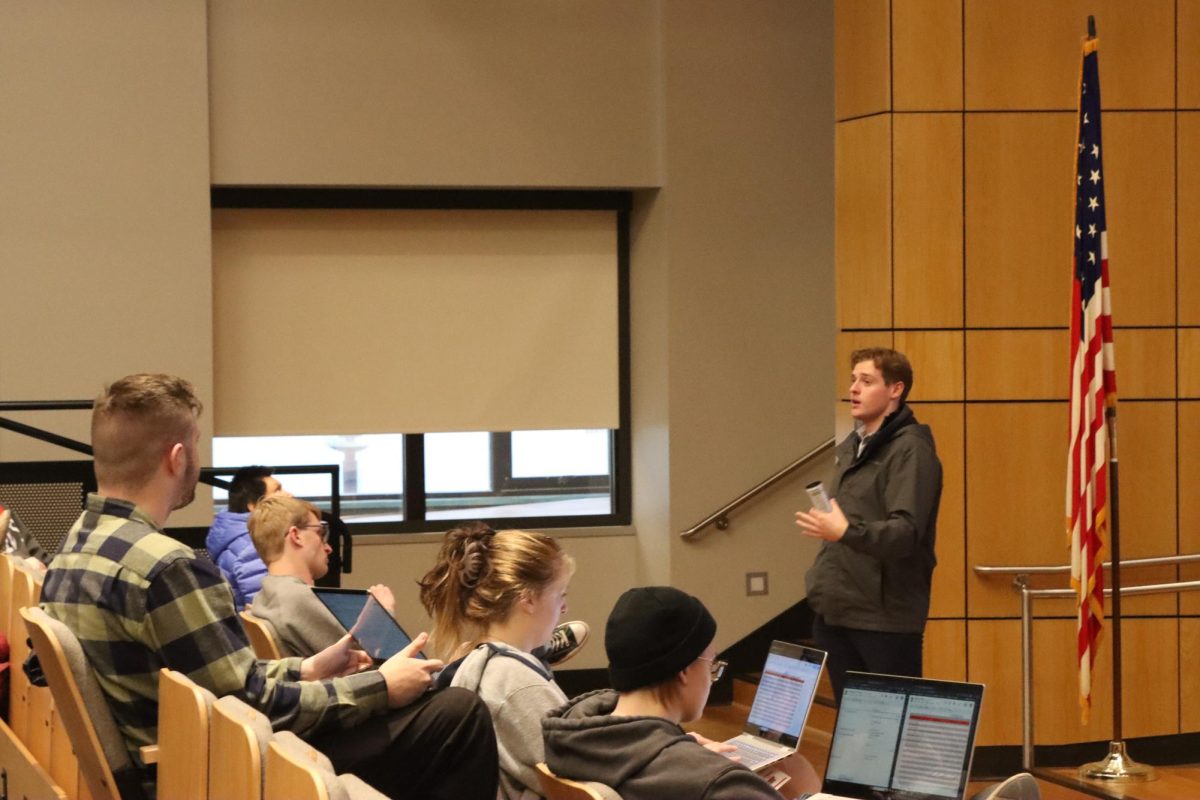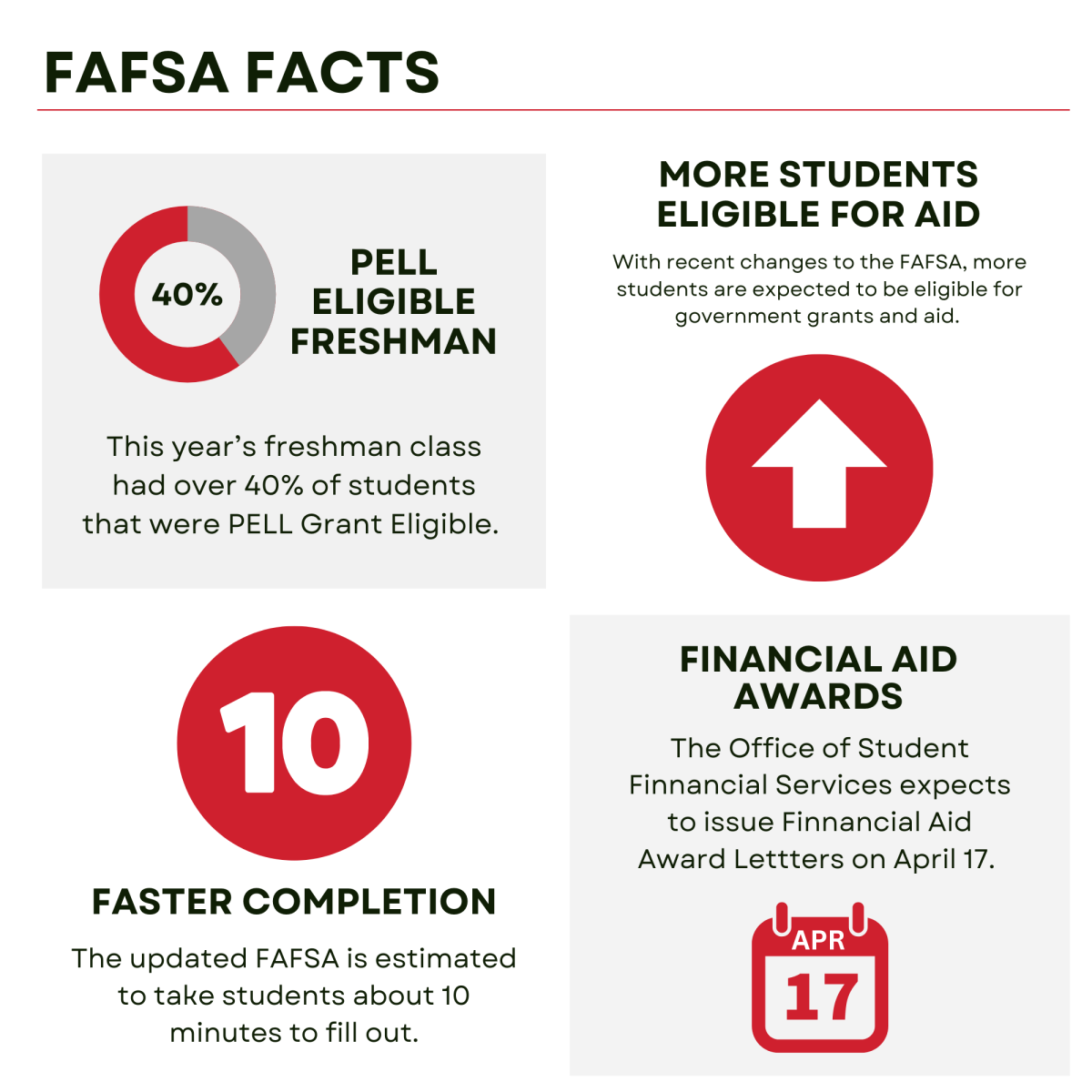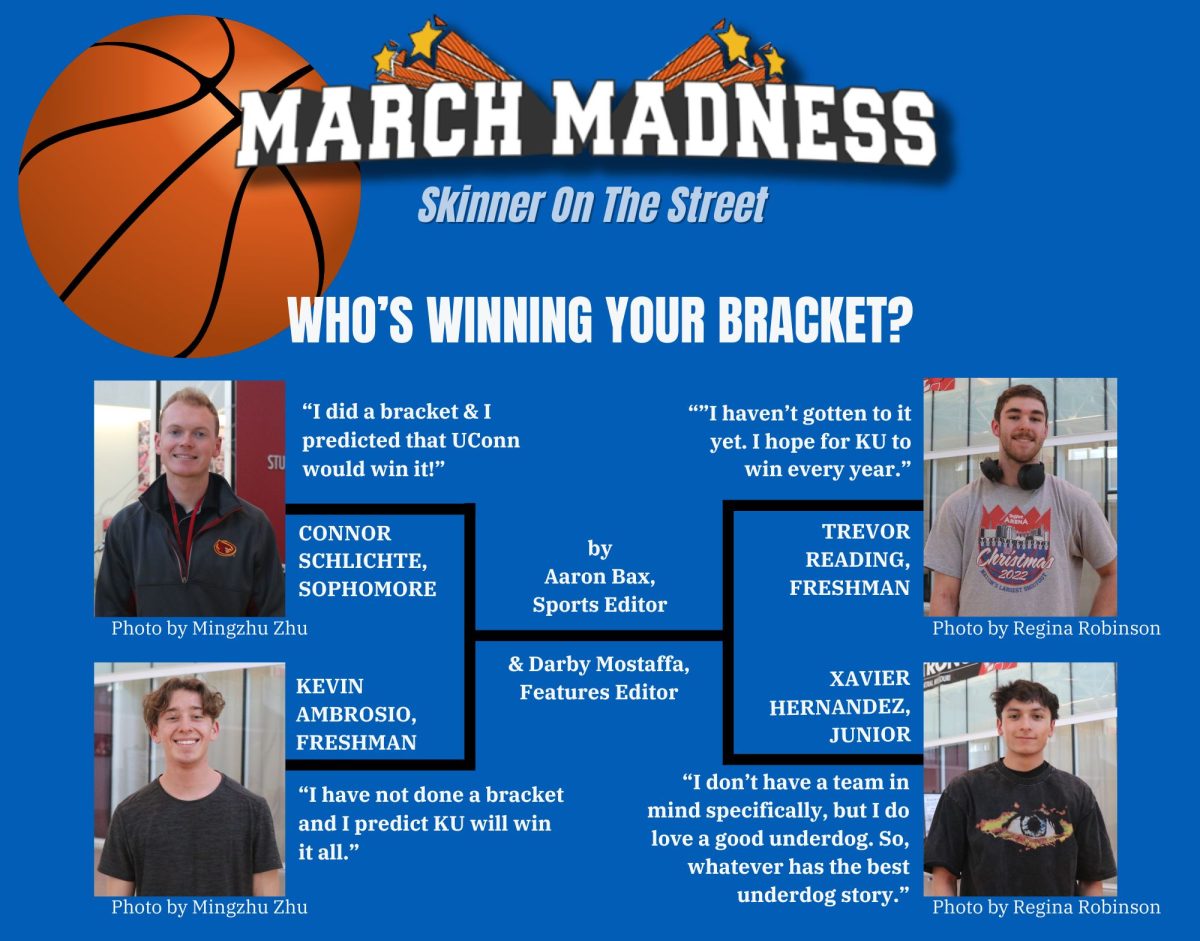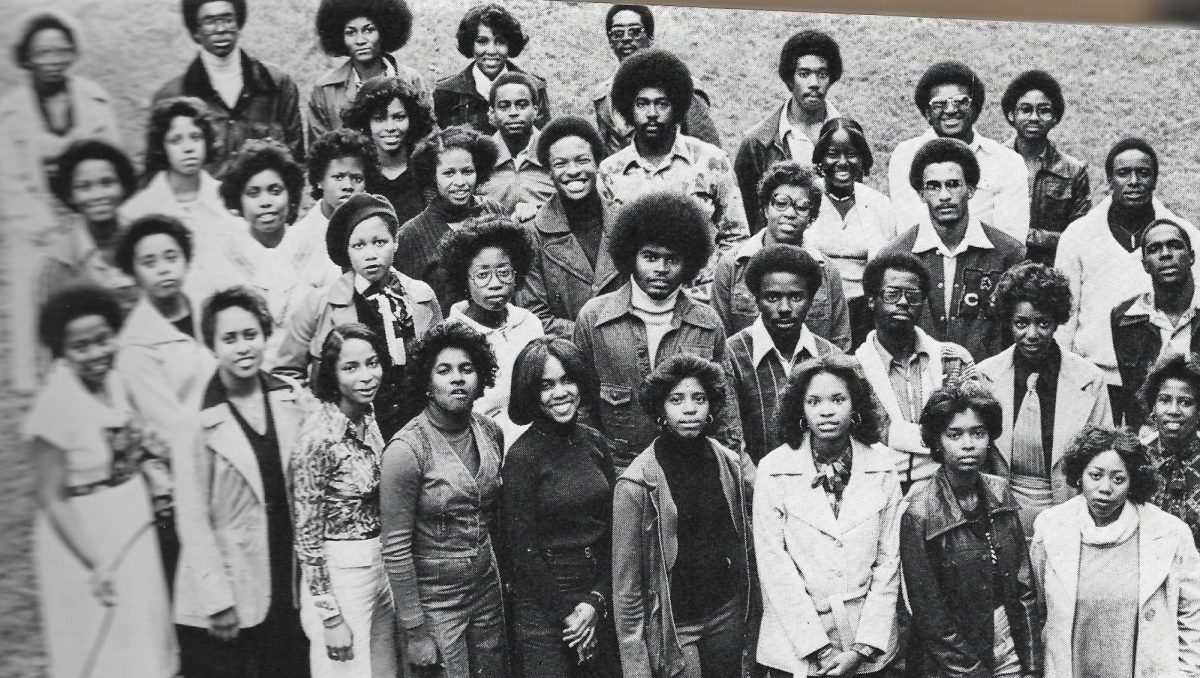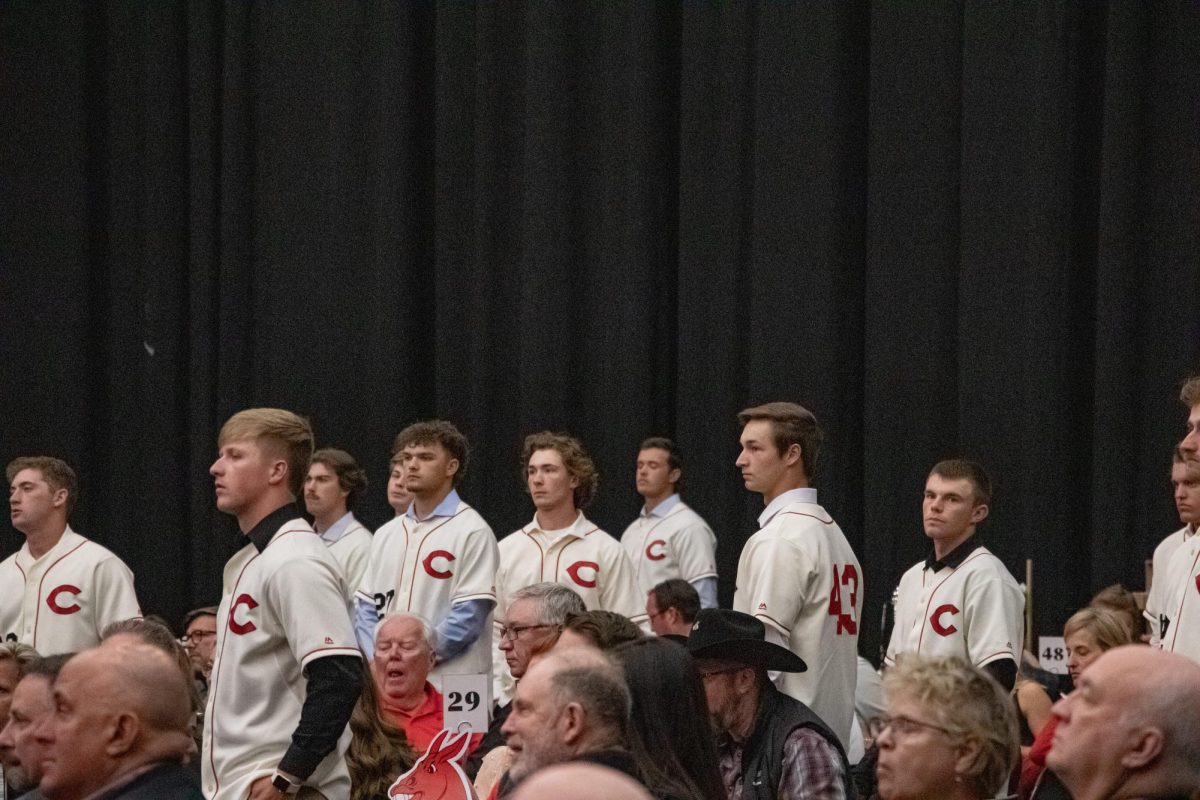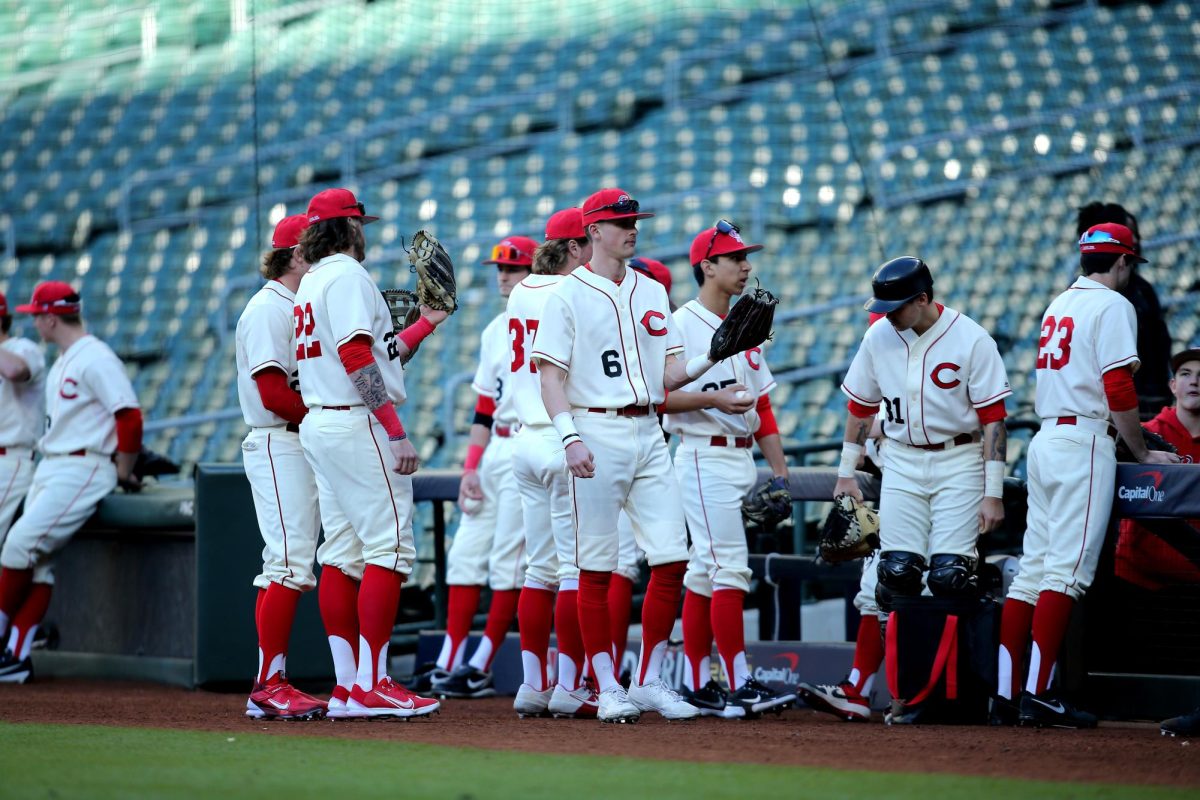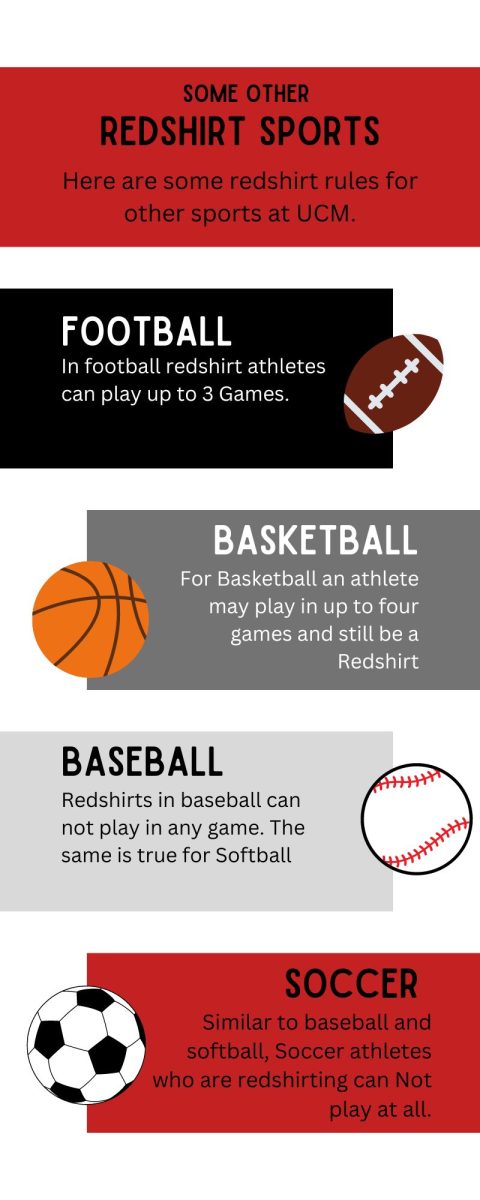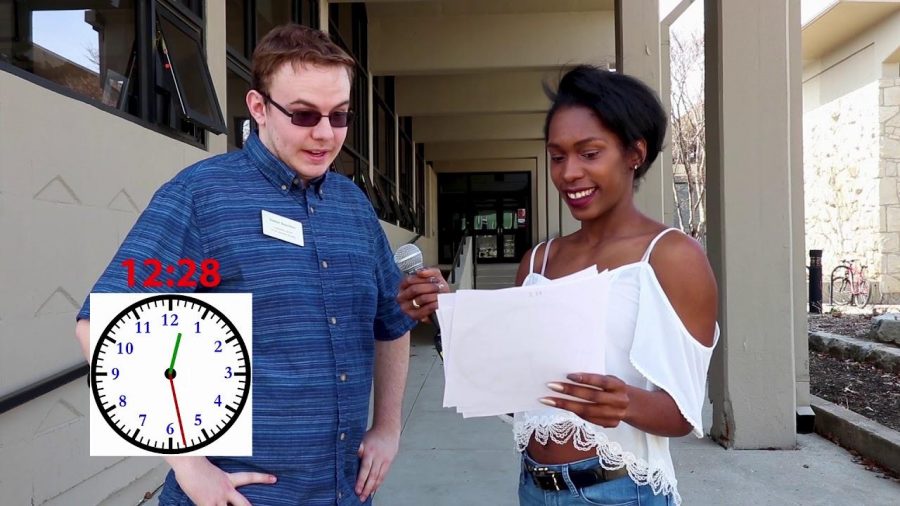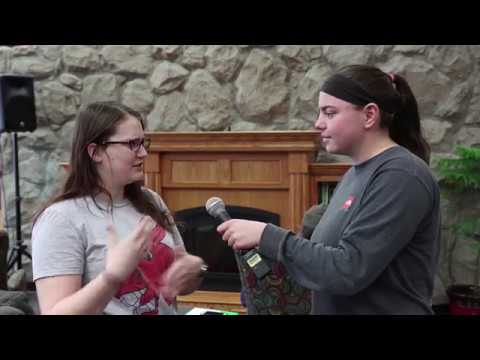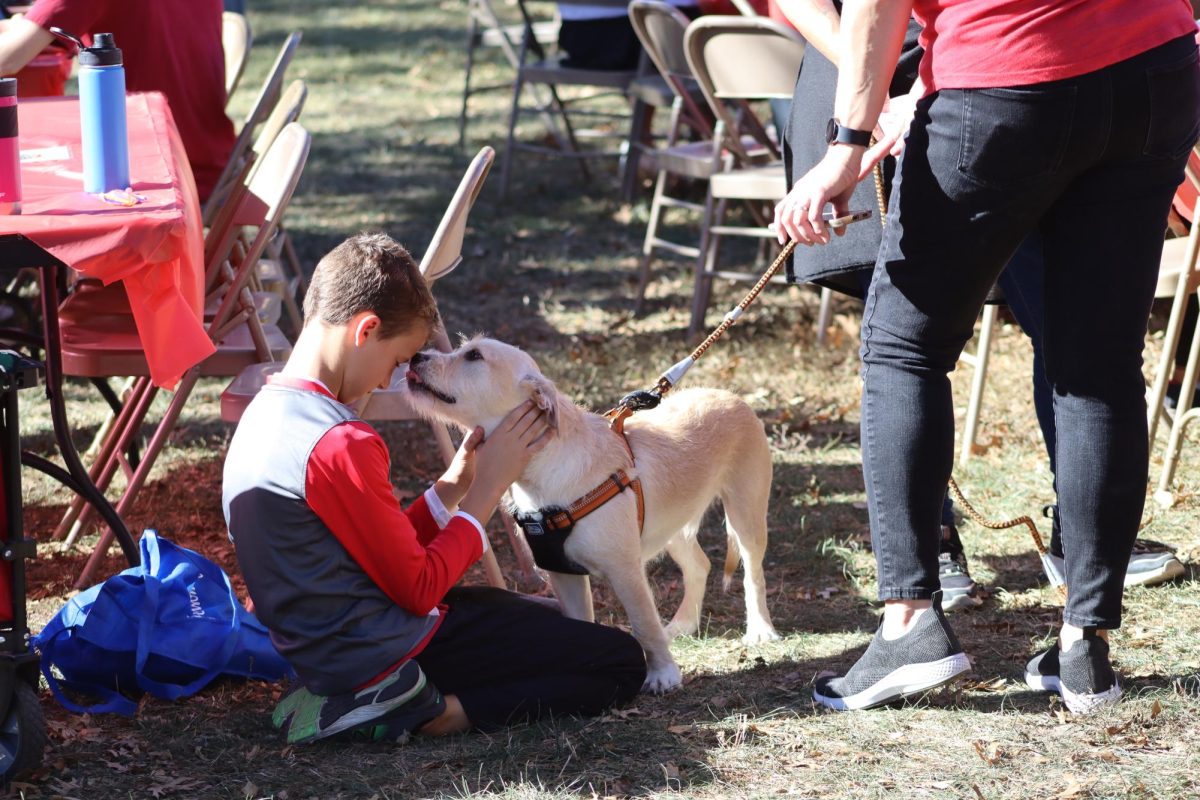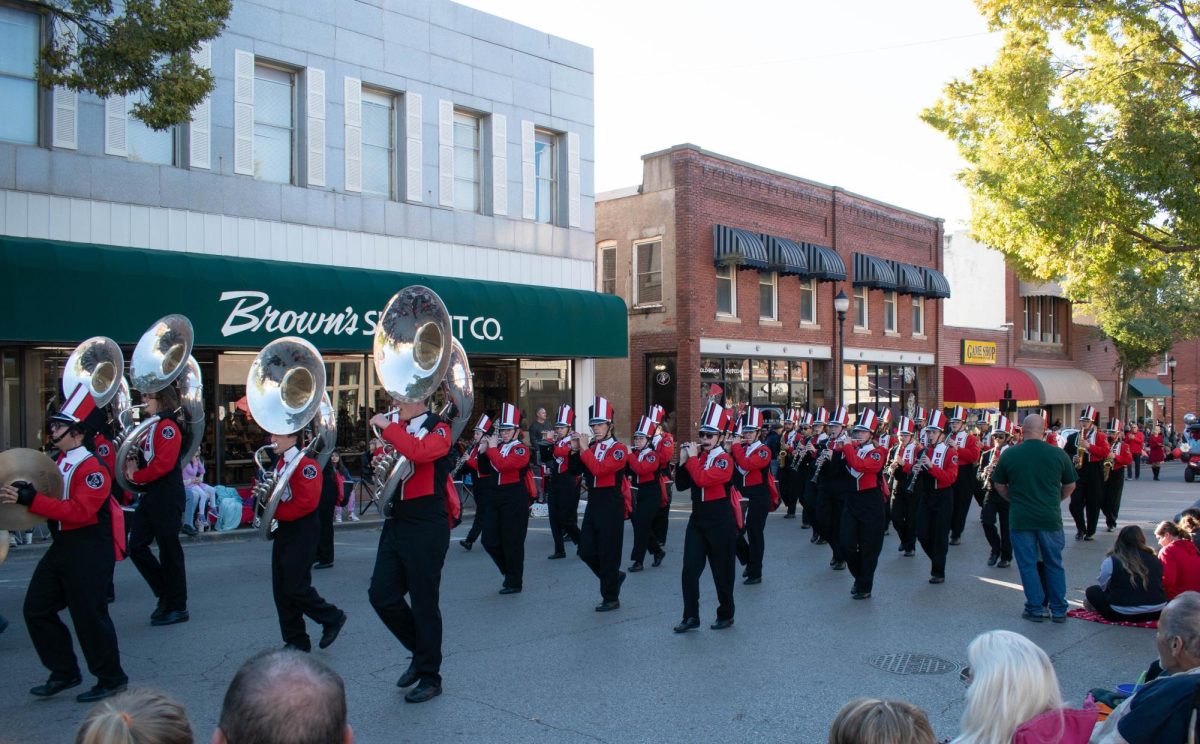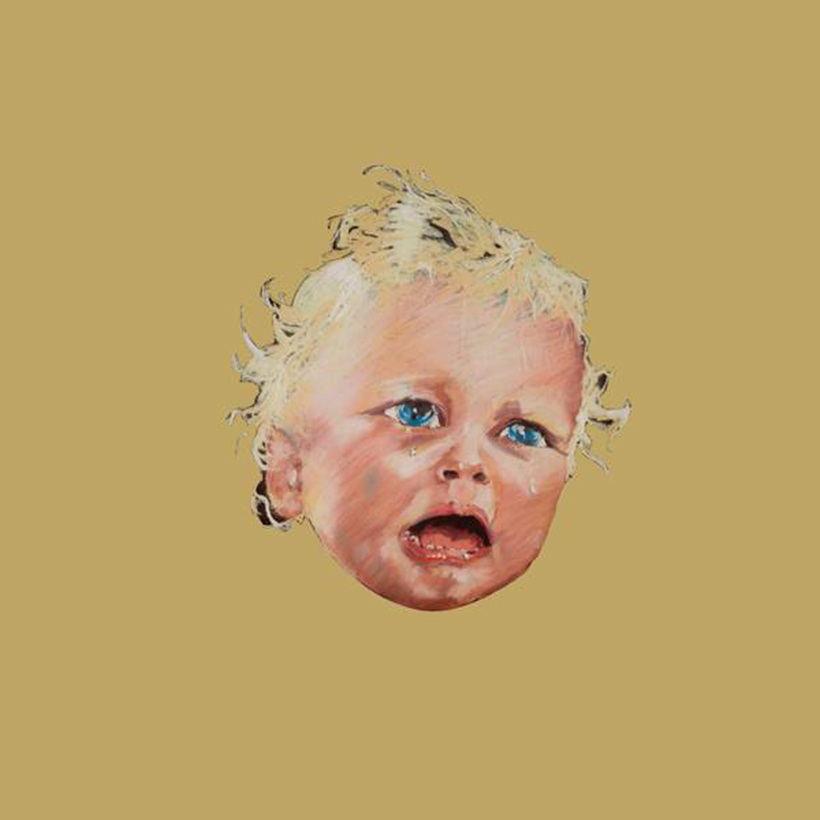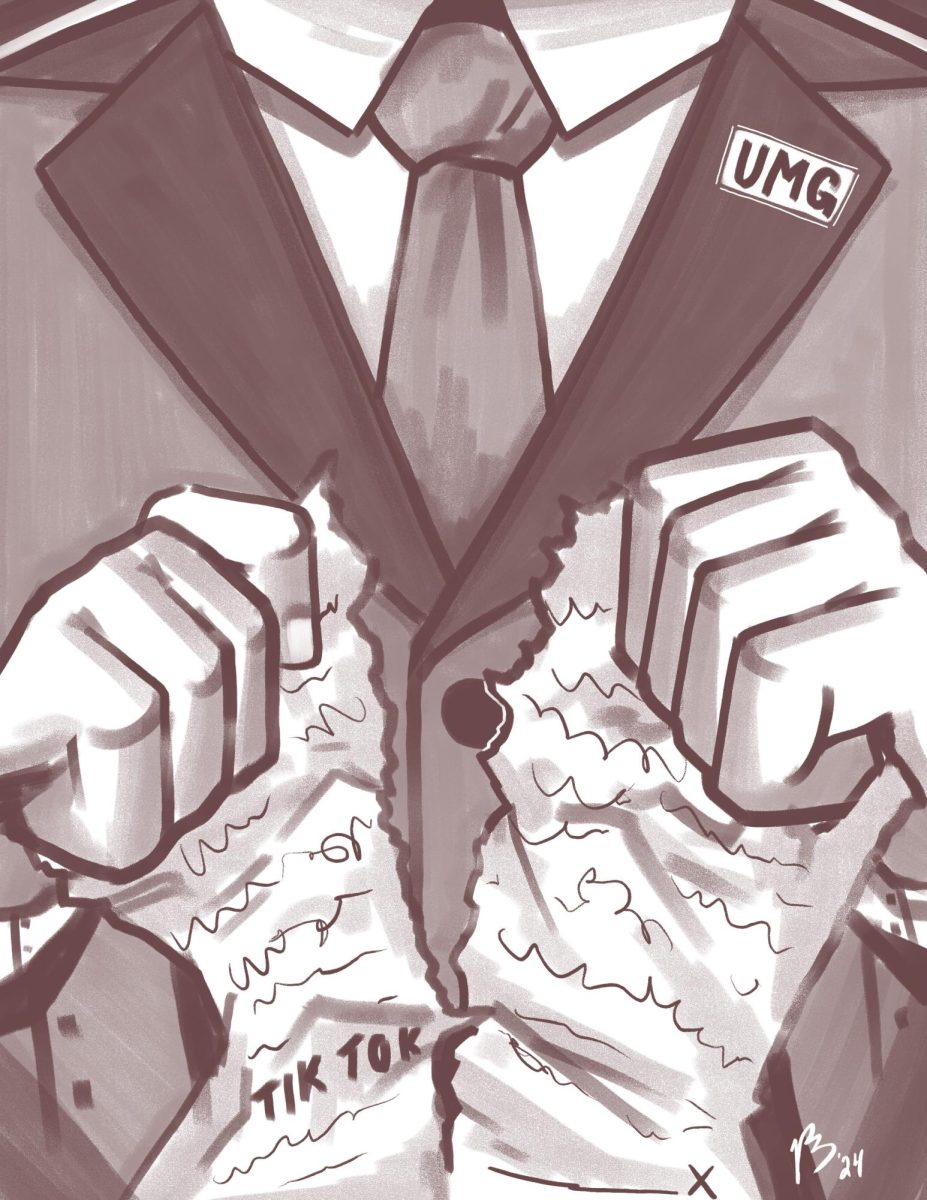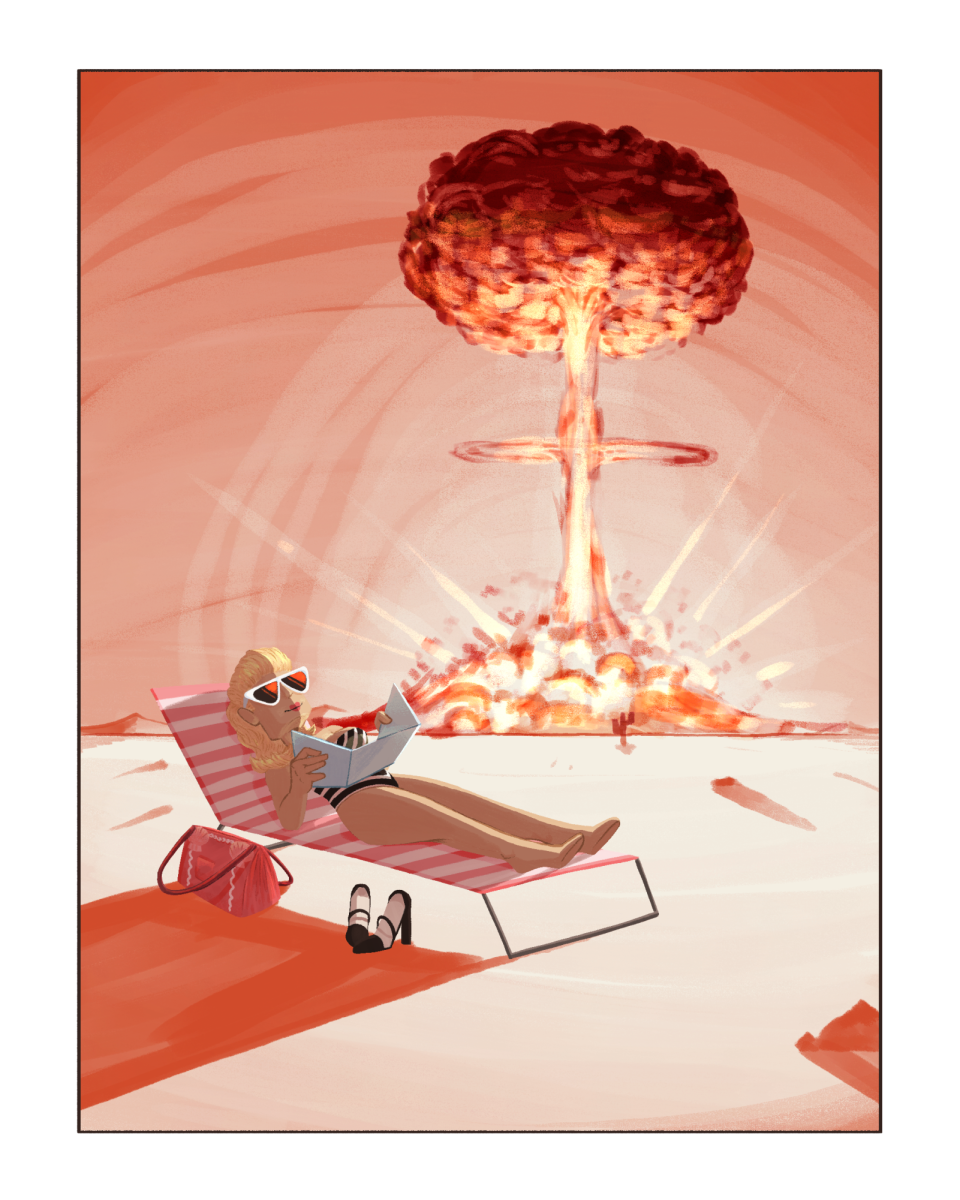Swans have one of the most harrowing and imposing discographies in rock music. With 15 studio albums and over 20 live albums and compilations, it can feel almost impossible to decide where to dive in.
In addition to the sheer quantity of music Swans has put out, they’ve experimented with many different sounds and styles. These experiments create separate “eras,” so there’s not really one good starting point. In preparation for their new album, “Leaving Meaning,” releasing Oct. 25, here’s a guide to one of the most rewarding acts in music history.
What follows is a variety of potential starting points based on a few different metrics and where to go next if those sounds work for you.
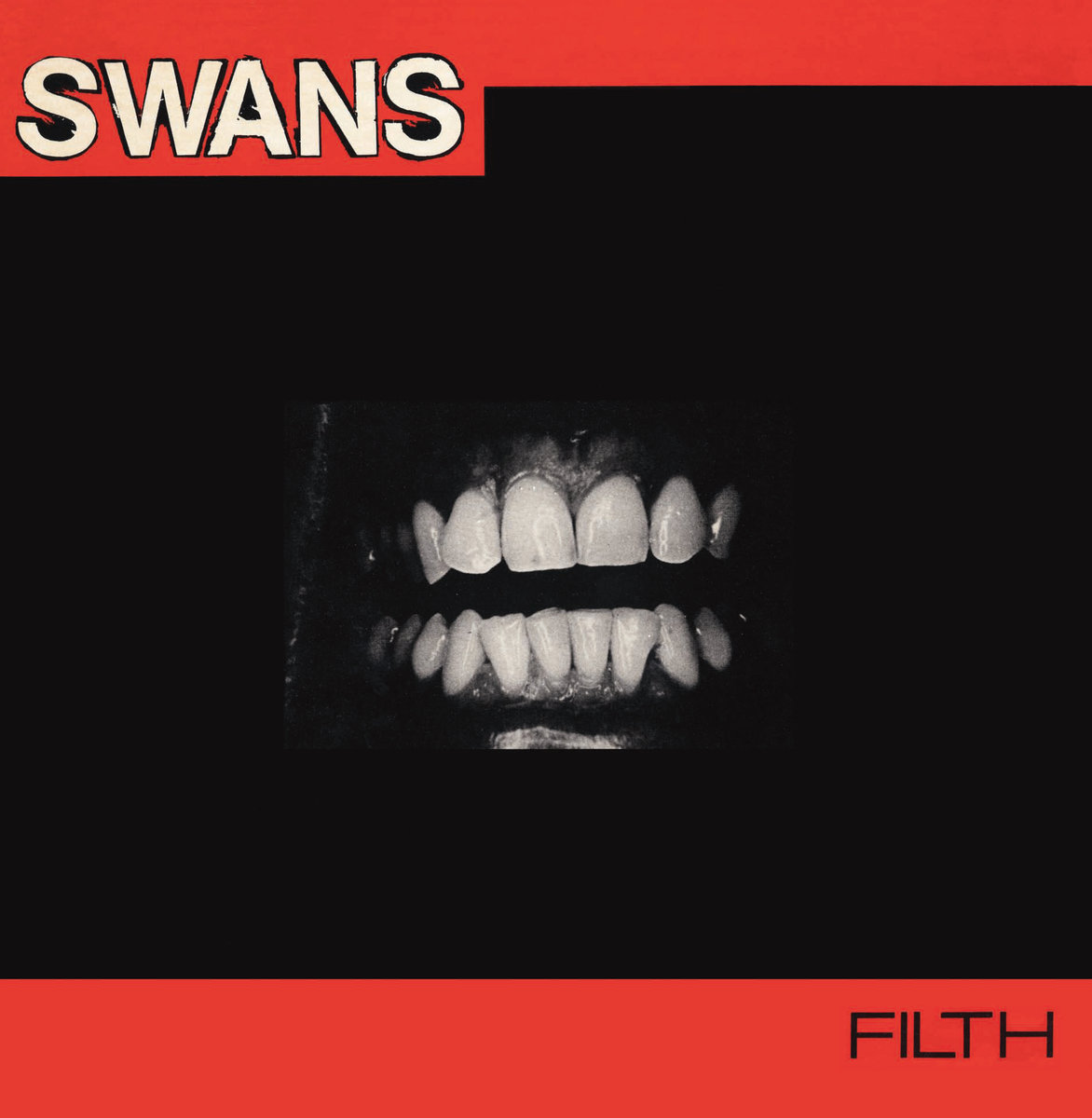
Order of Release: The first Swans full-length is “Filth,” released in 1983. It is technically preceded by a 1982 EP “Swans,” but that EP isn’t really indicative of the band’s early sound—Not only does the band’s lineup almost entirely change from 1982-1983 but it’s also the only Swans project with explicit funk and jazz influences. “Filth” is the start of the sound that would carry them through the first era of their career and is exactly what the name suggests. It’s brutal, it’s heavy, and it’s hateful.
Swans weren’t trying to achieve aggression by being fast and technical; they strived to do so with drawn out guitar riffs and hypnotic, repetitive percussion. Over these violent instrumentals, Michael Gira, the band’s singer and only constant member, yells out anti-capitalist, anti-authoritarian attacks. “Filth” is the auditory equivalent of sailing down a river of garbage.
If this album clicks for you, the follow up full-length “Cop” pushes the sound even further, removing whatever traces of melody or conventional structure the previous record featured. The live material from this era is compiled on the album “Public Castration Is a Good Idea,” which is somehow even more brutal than the studio albums from the same period. This live album actually pushes these ideas too far for me, to the point where it becomes one-dimensional. I may be in the minority of Swans fans with that opinion, though.
Accessibility: Swans are a tough band to get into. The crushing cacophony of the early records isn’t for everyone. Thankfully they have a few releases that have more conventional songwriting and less abrasive instrumentals. The first is “Children of God,” released in 1987. This album marked the first departure from the no-wave/industrial styles of “Filth” toward a more straightforward post-punk/goth sound. This album also marks the first album that pianist and singer Jarboe assumes co-leadership on. Her influence is clear on several of these tracks, which creates a fascinating juxtaposition between her tender piano ballads and the noise-rock aggression on the rest of the record. “Children of God” is still a challenging record, but will feel a lot more familiar to most people than the material before it. I especially recommend this one to fans of Nick Cave’s early work.
1989’s “The Burning World,” is another outlier in Swans’ discography. This is the only major-label Swans release, and it’s also the only acoustic record they have released to date. It doesn’t get any more accessible than this one; there’s even a Steve Winwood cover on it. Many Swans fans consider this the only “dud” in their discography. They discredit the record as some sort of cash-grab, but that’s extremely reductive. Swans tried a new sound, and it didn’t come together as well as the rest of their material. It’s still worth a listen because of the strength of “The River that Runs With Love Won’t Run Dry,” the cover of “Can’t Find My Way Home,” and especially the closer “God Damn the Sun.”
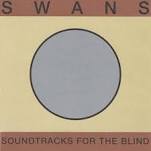
The Magnum Opus: In 1996, just before going on a 14-year hiatus, Swans released “Soundtracks for the Blind.” This is not only the best Swans album, but one of the best records ever made. That being said, it is probably the worst place for anyone to start with them. It’s over two hours long, plays with a ton of genres, and its sinister instrumentals, violent lyricism, and samples of FBI surveillance tapes create a legitimately scary listening experience. Keep this on your radar, but work up to it.
The Comeback: Swans made their triumphant return in 2010, but the post-hiatus line-up really came into their own when they released “To Be Kind” in 2014.
“To Be Kind” is a massive album. Not just that it’s long; It clocks in at just over two hours, with one song taking up over a half hour of that run-time. But the way the album progresses feels truly gigantic. These songs build and build and build, until you’re convinced the drums aren’t playing through your speakers, but are instead pounding directly on your chest. Of all these, this will probably best prepare you for “Leaving Meaning.”
If you like this one, 2012’s “The Seer” and 2016’s “The Glowing Man” offer more in this same vein. All of these albums are great, but I think that the songs on “To Be Kind” stand stronger when listened to individually.
There are still plenty of Swans albums, not even counting the solo records and side projects. As overwhelming as it can be to sift through all of this music, it’s beyond rewarding. There’s not another band on Earth like Swans.
Recent Stories
- New Trend: Artists switching genres
- UCM Greek Life Prepares for Greek Week
- “Xanadu”, the absurd and the heartfelt show by UCM Theatre
- Spring Break Poll
- Skinner on the Street
- SGA to hold upcoming election
- “Now that’s a party!”: A “Mean Girls” (2024) Review
- Mo’s Activity Council hosts Mean Girls actor, Daniel Franzese
- Former World Series MVP speaks at UCM First Pitch Banquet
- UMG has falling out with TikTok due to contract diputes
SideTracked: A nasty temperament – A guide to Swans
Written by Louie Sharp
September 20, 2019
Story continues below advertisement
Leave a Comment
More to Discover

